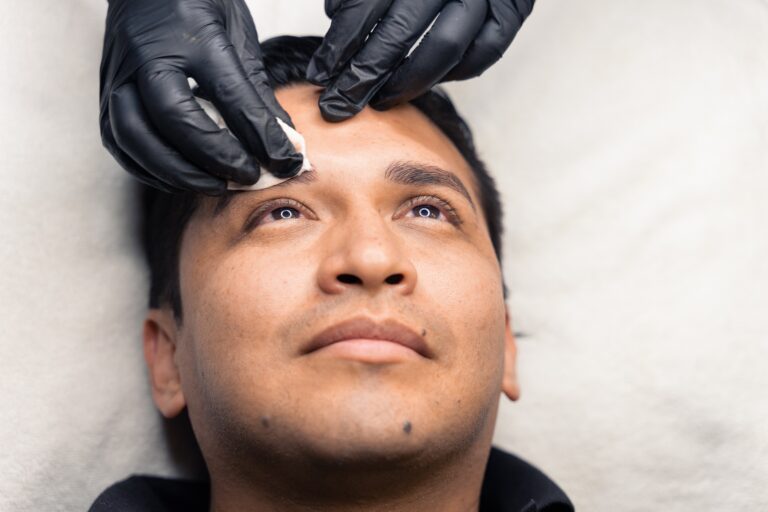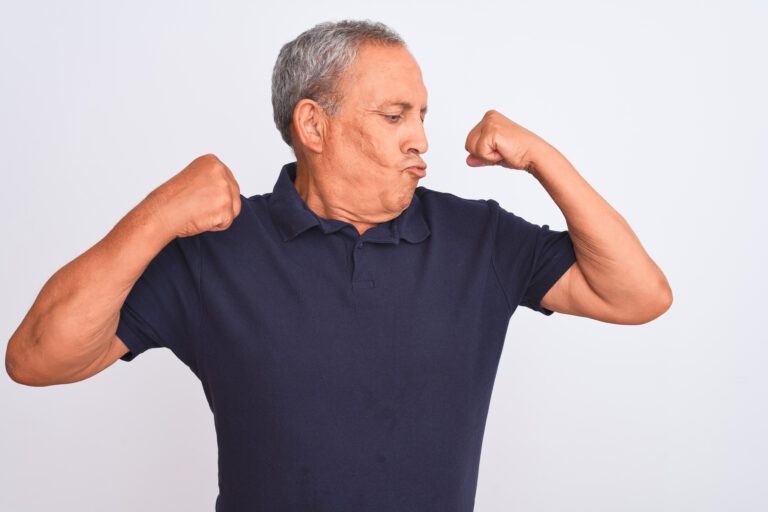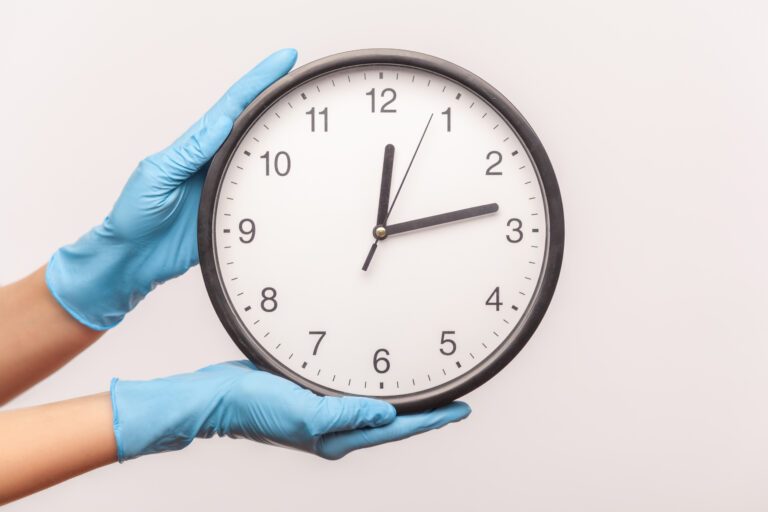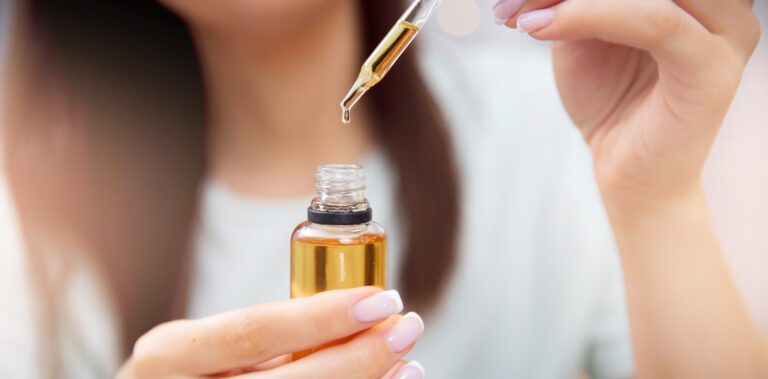Can Women Take Oral and Topical Finasteride (Propecia)?
A 2022 research states that around 50% of women encounter hair loss to a certain degree during their lifetime. The leading cause of this is female pattern baldness, which is often inherited across generations.
Given the statistics, researchers strive to rule out the best solution to this rising problem. We know Propecia as an FDA-approved treatment for male hair loss. Now the question is, can women take oral and topical finasteride?
Let’s take a closer look at how this drug works and if it can be as effective for treating female pattern baldness.
Will Oral and Topical Finasteride Work on Women?
While finasteride is commonly used for treating male pattern baldness, studies show it has much potential for women suffering from hair loss. However, it’s worth noting that the medication is yet to be approved by the Food and Drug Administration (FDA) for use in women.
Both oral and topical finasteride hinder the conversion of testosterone to dihydrotestosterone (DHT), so its effects work similarly for women. After all, female pattern baldness is also linked to having high levels of the DHT hormone.
Finasteride shows priming results for women, but more research and clinical trials are needed to confirm its efficacy and other potential side effects. As of now, scientists have yet to determine if this medication works better than spironolactone and minoxidil.
Oral and Topical Finasteride Dosage Recommendation for Women
The dosage needed for oral finasteride is easier to measure for male pattern baldness since it’s already FDA-approved. Normally, 1 mg of oral finasteride per day should be effective enough to improve hair regrowth significantly for men. However, studies show that the same dosage isn’t as effective for women.
While some researchers claim that female pattern baldness needs around 2.5 mg to 5 mg per day, this isn’t conclusive yet. For now, we can assume that the dosage stays within that range, depending on what the doctor prescribes.
On the other hand, topical finasteride shares the same concept as oral, given that it’s also not yet FDA-approved. Nonetheless, common dosage prescriptions for women are around 1 mL of 0.005% to 0.02% finasteride solution per application twice a day.
What Are the Finasteride Side Effects in Women?
Oral and topical finasteride both have many potential side effects on women, whether common or uncommon. Before you start treatment, it’s best to discuss the potential risks with your doctor so they can correlate the likelihood with your medical history.
It’s still worth mentioning that a lot of these side effects aren’t conclusive, and further clinical trials are needed to determine their possibility rate. You should seek advice from your attending doctor if you encounter any of the following symptoms:
Harmful to the Fetus (for Pregnant Women)
The U.S. FDA prohibits the use of both oral and topical finasteride for women who are pregnant or may become pregnant. Since the medication affects your body’s testosterone hormones, it can cause male genitalia defects, particularly hypospadias.
While researchers recommend topical application to avoid sexual-related side effects, even skin contact can harm a pregnant woman. Even the slightest exposure to crushed or broken finasteride tablets is best avoided during pregnancy.
Sexual Dysfunction (Decreased Libido)
Finasteride is known to cause sexual dysfunctions, such as low sex drive and difficulty in having orgasms for both men and women. The DHT hormone plays a vital role in your body’s sexual development. Since finasteride suppresses this hormone, it decreases a person’s libido and capability to orgasm.
Luckily, the risk of sexual dysfunction reduces when using topical finasteride since it doesn’t go as systemic as its placebo counterpart. However, it can still occur if the solution’s dosage goes beyond the recommended.
Depression and Anxiety
A 2021 study claims that people who take or have taken finasteride have shown increased risks of clinical depression, anxiety, and other adverse psychiatric effects.
The research findings seem to conclude that the potential mental health side effects are associated with sexual dysfunction that can persist even after discontinuing finasteride use.
It also showed that people who use or have used finasteride had increased suicidal behavior and ideations. Nonetheless, more data is needed to confirm the link between such side effects with the drug.
Chills and Cold Sweat
One of the most common and mild finasteride side effects is chills and cold sweat. These effects can be correlated to other symptoms, such as:
- Dizziness
- Lightheadedness
- Faintness
- Chronic fatigue
- Tremors
While these symptoms are often bearable and don’t require much medical attention, you can ask your attending doctor for ways to prevent or lessen them. It’s also best to seek help if the effects become frequent and too much to handle.
Sudden Weight Gain and Loss
Finasteride is a form of synthetic androstane steroid, and like almost all steroids, it affects the body’s metabolism. As such, it can influence how your body deposits fat, whether by increasing or decreasing your appetite.
Thankfully, it isn’t a conclusive and common side effect, as the results can vary in each person. You can also minimize the risk of sudden weight gain and loss by opting for the topical application of finasteride instead of oral.
Gynecomastia in Females (Breast Enlargement, Tenderness, and Pain)
Gynecomastia occurs when the male breast undergoes an abnormal enlargement. However, studies suggest this condition also happens in women due to various placebo side effects.
Finasteride targets testosterone by preventing it from turning into DHT, potentially causing a hormonal imbalance. As a result, women who take this medicine can experience pain, tenderness, and enlargement in the breast area.
However, it’s worth noting this side effect isn’t confirmed to always happen in females. Further research is needed to determine the correlation between gynecomastia and finasteride.
Myopathy (Skeletal Muscle Disorder)
In rarer instances, muscle injury or myopathy seems to appear as a side effect for both men and women. When this occurs, the symptoms usually start from tingles in the arm, legs, and other muscular body parts.
Finasteride users tend to experience muscle soreness and poor exercise ability when these symptoms persist. Luckily, it isn’t a common occurrence, so the chances of getting myopathy are quite low.
However, you should have your muscle enzymes checked if it happens to prevent it from worsening.
Irregular Menstrual Cycle
One of the health effects of finasteride in women is an irregular menstrual cycle. This side effect is likely linked to the hormonal imbalance the drug can induce.
Research shows that not only does long-term finasteride use cause irregular menstruation, but it can also result in menorrhagia or heavy menstrual bleeding. However, this study involved a 5 mg dosage of finasteride for women, so reducing the risks might be possible in lower dosages.
What Does DHT Do to a Woman’s Body?
DHT is responsible for facial and body hair growth, sebaceous gland activity, as well as prostate growth in males. On the other hand, the hormone doesn’t have any significant role in the female body.
If a woman has increased levels of DHT, she can encounter the following issues:
- Abnormal changes to the female genitalia
- Increased facial and body hair growth
- Absence of menstruation (amenorrhea)
- Increased acne
- Minimal to excessive hair loss
Since hair loss is often directly linked to too much DHT, doctors prescribe DHT blockers like finasteride. If you aren’t prepared for the potential side effects some of these drugs can give, there are some vitamins and food supplements you can take to reduce the hormone’s production.
These include:
- Vitamin B-12 and B-6
- Pygeum bark
- Biotin
- Pumpkin seed oil
What Alternatives Can Women Use for Hair Loss?
As of today, we’ve yet to know which treatment is best to use against female hair loss. Research is still ongoing to determine the safety and efficacy of various medications, whether topical or oral. That’s why most of the solutions we see are yet to be approved.
Nonetheless, if you’re looking for finasteride alternatives for women, there are a few to consider. Here are some other hair treatments commonly used for female pattern baldness:
- Minoxidil (FDA-approved): Minoxidil or Rogaine is a topical hair treatment solution approved by the FDA for women suffering from hair loss.
- Dutasteride (not FDA-approved): Dutasteride tablets can be used to treat different types of hair loss in women (fibrosing and androgenetic alopecia).
- Spironolactone (not FDA-approved): Spironolactone is an FDA-approved drug for fluid retention and is only used for treating hair loss when minoxidil and other hair treatment options don’t work.
- Laser combs and helmets (FDA-approved): Laser combs are one of the few FDA-approved treatments that boost blood circulation in the scalp to combat female pattern baldness.
- Platelet-rich plasma therapy (not FDA-approved): Platelet-rich plasma therapy helps nourish and stimulate follicles to promote hair growth without the use of steroid drugs.
Wrapping Up
Although hair loss is often associated with men, a huge chunk of the female population also suffers from such a condition. As much as finasteride lacks more data to conclude its risks and efficacy for women, we can’t deny it’s showing promising results thus far.
However, the response to this treatment is always on a case-to-case basis. Results can always vary, so the planning and consulting stage with a trusted doctor is of utmost importance.







